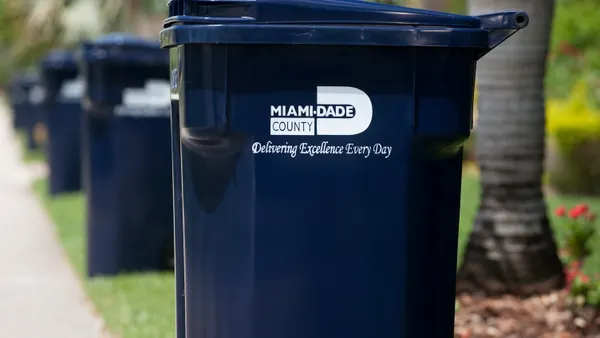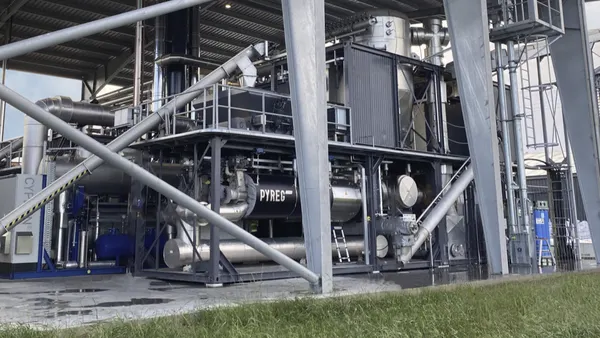Dive Brief:
- The Great Lakes Environmental Law Center filed a notice of intent to sue Detroit Renewable Power over not meeting air emission standards at a waste-to-energy (WTE) facility in the city, as reported by The Detroit News.
- The facility processed 650,000 tons of material last year to create electricity and steam which was sold to DTE Energy. Since the beginning of 2015, it has been cited 21 times for odor violations and 19 times for emissions above acceptable standard levels.
- A spokesperson for Detroit Renewable Power was dismissive of the allegations and told The Detroit News that they had invested $6 million to improve odor issues over the past two years.
Dive Insight:
Whether or not these allegations are true — which state officials will likely begin to sort out in the coming weeks — they follow a familiar pattern. At a time when the city's recycling participation rate may be as low as 15%, local environmental advocates want to see more being done to divert waste and reduce the amount imported from other counties. The facility operators want to highlight the control technology they use and the service they provide.
While it's true that waste-to-energy facilities do create emissions, federal standards have become much stricter since the early 1990s and instances of dangerous violations are rare. One study by Columbia University researchers on dioxin — among the most commonly cited WTE pollutants — found that U.S. combustion facilities accounted for 0.54% of dioxin emissions in 2012. According to the most recent federal data reported by 64 facilities, WTE facilities accounted for 10 million metric tons of C02 equivalent emissions in 2015 as compared to 91 million metric tons from landfills.
None of this discounts the environmental effects of disposing or recycling any type of waste, but every method has consequences. As more cities look to increase their diversion rates or move toward "zero waste" goals they will have to weigh these options and figure out what technology makes the most sense for them.










